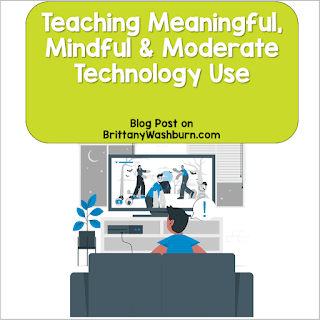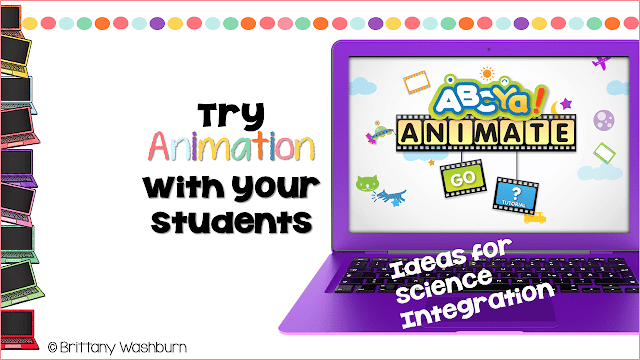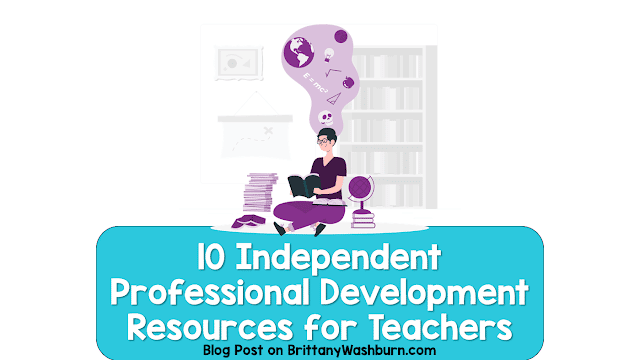Teaching Meaningful, Mindful and Moderate Technology Use

As a technology teacher, or any teacher in today’s technology-driven classroom, you may feel like you do nothing but sit your students down in front of screens. So how are you supposed to honor screen time recommendations while also engaging them, and preparing them for adulthood in a technology-saturated world? How do you share your love of all things technology related while also fostering meaningful, mindful and moderate technology use? Well, like most things you want your students to learn, it turns out that you have to teach it.
The first thing you need to do is have a clear idea of what guidelines and strategies you think are the most effective.
The United States Department of Educations’ four guiding principles for use of technology starting with early learners are as follows:
Common Sense Media suggests that you can maximize your kid’s screen time if you consider the “four C’s.”

Note that picture sharing and video chatting with friends and loved ones is a stated exception to the screen time guidelines laid out by the American Academy of Pediatrics and World Health Organizations. In fact, it’s actually beneficial to help kids get acclimated to different communication platforms, as well as give them the enrichment of a visit with people they may not get to interact with in person as often as they’d like.
Consider making a newsletter or infographic summarizing the principles you’re going to teach, and encouraging parents to support their children by establishing coinciding rules and expectations at home.
Ultimately, of course, the goal is for our kids to self-moderate. But even if it may be a while until children learn to monitor and manage their own screen time, teaching them to think about balancing these things and making conscious choices early will give them a foundation to build good habits on.







